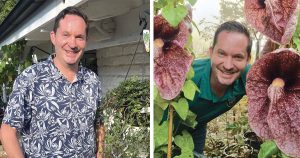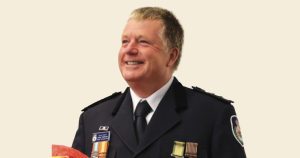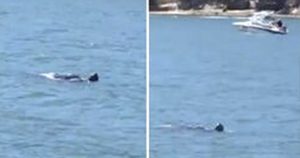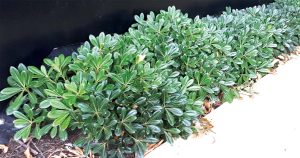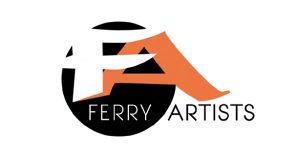It is with great pleasure that we announce that the Galston District Garden club is meeting again.
The club met on the 9th March, (we meet on 2nd Wednesday of the month at 7:30), in the Galston Community Hall, Arcadia Rd, Galston. Judy Horton, a horticulturist and club patron gave an interesting and sometimes humorous talk about “Norfolk Island.”, its history, plant and birdlife. Our next meeting will be on the 13th April, and our guest speaker will be Patrick Modde from Valley View Nursery.
The topic “Hanging Baskets” the club welcomes new members and visitors. So if you are into hanging baskets please come and listen, and share supper with members after the talk.
Judy Horton’s informative talk on Norfolk Island touched on the island’s history, from Polonesian settlers to Europeans. Captain Jame Cook sighting the island in 1774 and Governor Arther Phillip wanting to colonise the lisland to prevent it from falling into the hands of the French. La Perouse did attempt a visit but only to investigate any British Colonies. From 1788 to 1855 the island was an extension of the penal colony of New South Wales.
Apart from the island’s history Judy spoke of the island’s 174 species of native plants of which 50 are endemic. Many of the endemic plants are rare, but the famous Norfolk Island Pine (Araucaria heterophylla) is still abundant. It can reach a height of over 60 metres. Cultivated around the world as an ornamental tree, its wood is used for construction, wood turning and crafts.
The seeds are a popular food for the endangered green parrot. Other endemic species include the Norfolk Island palm, many ferns, a native passionfruit, Devil’s Guts, and the Norfolk Island hibiscus also called “white oak”.
The White oak is a commonly occurring large and spectacular tree on Norfolk island. It can grow to more than 20 metres tall. Its pink and mauve coloured flowers fade to white with age and have a waxy texture, watch out for the seed pods which contain sharp hairs that can irritate your skin. Nearby is Phillip island and its hibiscus has beautiful flowers, cream to light green with a dark magenta centre when they first open. The flowers then redden as they age.
The Norfolk island palm can reach 20 meters in height, its attractive bright red fruit is one of the green parrot’s favourite foods. This palm is known locally as niau. Early settlers used the growing tip as a vegetable. They also used the ribs of the palm fronds for making brooms and wove the fronds into baskets.
Common native birds include the golden whistler and grey fantail. The green parrot is in danger of extinction, while the boobook owls were reduced by 1987 to a single female. Migratory birds find Norfolk a welcome terminus after their travels. They include the masked gannet, sooty tern, fairy tern and red-tailed tropicbird, as well as the white-faced heron.
Norfolk island’s isolation has allowed plants and animals to develop here that are found nowhere else in the world. Today, Norfolk supports a diverse and unique plant community well suited to the volcanic soils and subtropical oceanic climate and it’s only a short plane ride from our shores. Well worth the flight “I say.“
For more information regarding the Galston District Garden Club please visit our website: www.galstongardenclub.com.au or email [email protected]

Table of Contents
Toggle




